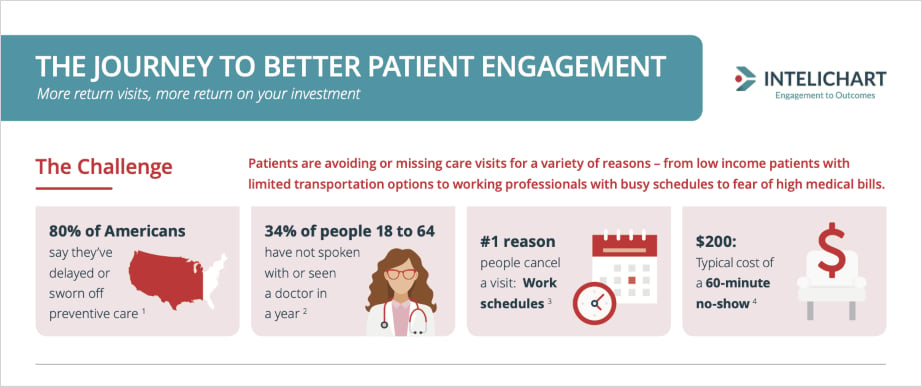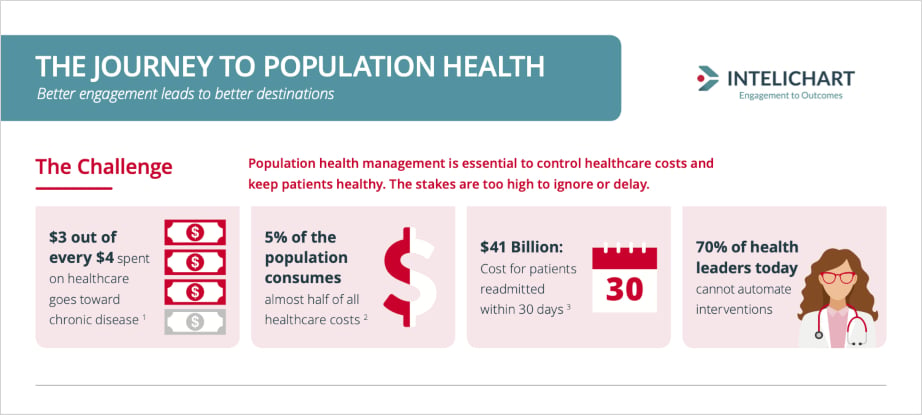
on May 26, 2020 | By Wendy Bartlett
The healthcare industry is evolving rapidly as a result of the COVID-19 pandemic. In particular, the healthcare information technology (IT) industry is experiencing significant changes. From the instant rise of telehealth to advancements in artificial intelligence, modern technology is transforming healthcare as we know it. Digital solutions are enabling providers to offer quality patient care from a distance and providing much-needed relief during this time.
Read More

on May 19, 2020 | By Wendy Bartlett
The world as we’ve known it has changed dramatically over the last few months. COVID-19 has transformed the way we work, interact, shop, and even how we access healthcare. Though it’s difficult to predict anything with certainty, some trends are likely to continue throughout the rest of 2020 and beyond.
Read More

on May 5, 2020 | By Wendy Bartlett
The effects of the global COVID-19 pandemic have strained the healthcare industry in a myriad of ways. Where some hospitals found themselves dealing with capacity issues and feeling overwhelmed, other smaller practices that rely on elective procedures were forced to shut down completely.
Read More

on April 29, 2020 | By Wendy Bartlett
Orchestrated patient engagement makes a compelling contribution to a provider’s effort to appeal to healthcare consumers. This blog explores how properly orchestrated patient engagement can attract and retain patients, streamline workflows, support healthy outcomes, and build an organization’s brand.
Read More

on April 15, 2020 | By Wendy Bartlett
Aside from the impact of COVID19, patients are avoiding or missing care visits for a variety of reasons—from fear of high medical bills to low-income patients with limited transportation options to working professionals with busy schedules. Unfortunately, when people avoid the healthcare they need, the entire health system suffers. Healthcare providers can take steps to combat this problem through better patient engagement both in times of crisis and when it’s business as usual. This infographic will show you the signs to look for to spot a disengaged patient, how to better understand their unique needs, and what it takes to help them overcome their care obstacles.
Read More

on April 1, 2020 | By Wendy Bartlett
Healthcare providers today are feeling the pressure to reduce rising healthcare costs and keep patients safe and healthy. To overcome these challenges, more focus must be placed on patient engagement tactics that target your riskiest populations. Population health management is crucial for effectively managing healthcare costs and ensuring the well-being of patients. This infographic highlights how two patients with the same clinical and financial situation can have dramatically different outcomes based on their engagement levels, as well as the impact it can have on the patient, your practice, and the entire health system.
Read More

on March 3, 2020 | By Wendy Bartlett
The idea of switching portals can strike fear in the heart of your staff. They may be afraid that migrating already-registered patients to the new portal will be painful. But fear not. InteliChart makes the process painless with our unique portal migration utility.
Read More

on December 26, 2019 | By Wendy Bartlett
As 2019 comes to a close, we at InteliChart are taking a moment to reflect on our success over the past decade. In that time, our Healthy Outcomes® patient engagement platform has become the choice of 28,000 healthcare organizations who engage more than 40 million patients.
Read More

on November 8, 2019 | By Wendy Bartlett
Health ownership is more than just nice to have—it’s a must in healthcare today. By giving patients an active role and encouraging them to participate in their own healthcare, practices and providers can reduce care costs, improve health outcomes, and enhance patient satisfaction. Let’s discuss all things patient activation, including what it is, why it’s important, how to measure it, and key strategies for driving improvements.
Read More

on October 9, 2019 | By Wendy Bartlett
Your patient portal is your digital front door. It’s what you lead with for consumers looking to establish with your organization. It connects you to your patients and helps build their loyalty. Does your current portal reflect the high standards of your brand?
Read More










